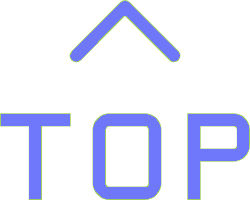Video Surveillance
Integrating video surveillance into access management systems significantly enhances the security and oversight of entry points, restricted areas, and sensitive facilities. By monitoring, recording, and analyzing activities, video surveillance provides a comprehensive approach to controlling access and ensuring that only authorized individuals enter designated spaces.
Key Benefits of Video Surveillance in Access Management:
1. Real-Time Monitoring and Verification:
○ Video surveillance enables security personnel to observe live feeds of access points, facilitating immediate verification of individuals seeking entry. This real-time oversight ensures that only authorized persons are granted access.
2. Enhanced Security through Integration:
○ Combining video surveillance with access control systems creates a robust security framework. When integrated, these systems allow for synchronized monitoring, where cameras can automatically focus on entry points during access events, providing visual verification and enhancing situational awareness.
3. Efficient Incident Response:
○ In the event of a security breach or unauthorized access attempt, video surveillance provides immediate visual context, enabling swift assessment and response. Recorded footage serves as valuable evidence for investigations and helps in identifying individuals involved.
4. Remote Access and Management:
○ Modern video surveillance systems offer remote viewing capabilities, allowing stakeholders to monitor access points from any location. This flexibility enhances operational efficiency and reduces the need for on-site security presence.
5. Comprehensive Audit Trails:
○ Integrating video footage with access logs creates detailed audit trails, documenting who accessed specific areas and when. This integration aids in compliance with security protocols and regulatory requirements.
Considerations for Effective Implementation:
● System Integration: Ensure seamless integration between video surveillance and access control systems to maximize the benefits of synchronized monitoring and data correlation.
● Data Privacy and Compliance: Implement policies that address data privacy concerns, ensuring that video surveillance practices comply with legal and ethical standards.
● Regular Maintenance: Conduct routine maintenance and updates of surveillance equipment to maintain optimal performance and reliability.
By strategically integrating video surveillance into access management, organizations can significantly enhance their security posture, ensuring that access to critical areas is effectively monitored and controlled.





















